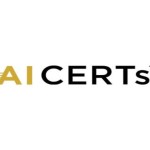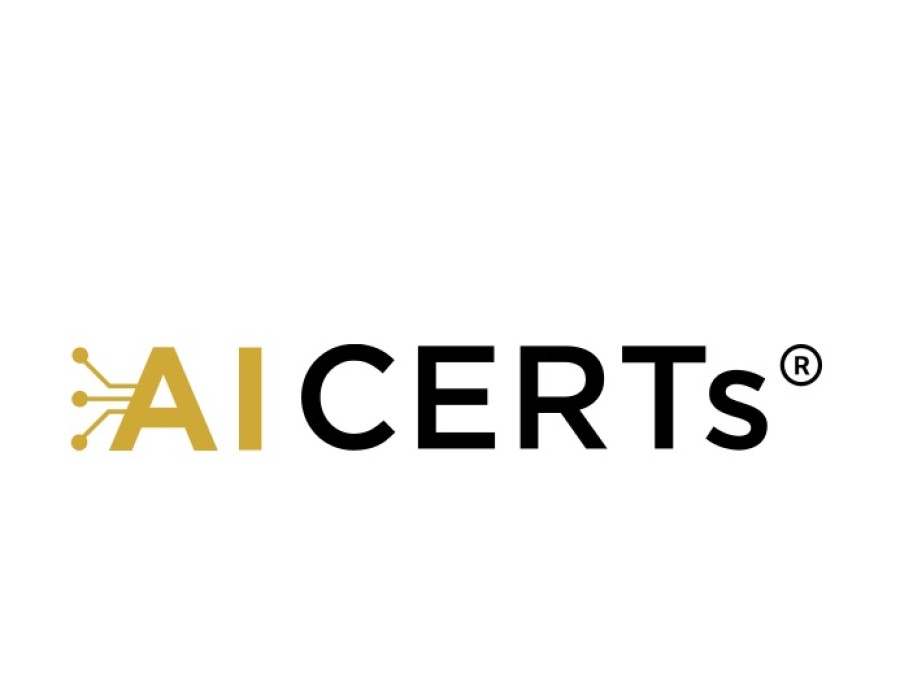Large Language Models (LLMs) are powerful tools, enabling organizations to harness artificial intelligence for customer support, automation, analytics, and creative solutions. However, one of the biggest challenges enterprises face is the high operational cost of running these models. From training expenses to cloud usage and fine-tuning, LLM costs can quickly become unsustainable if not carefully managed.
This is where the principles and practices gained from AI Architect Certification come into play. By applying structured design patterns and architectural strategies, professionals can find innovative ways to reduce the cost burden while maintaining efficiency, scalability, and performance.
Understanding the Cost Drivers of LLMs
Before applying cost-cutting strategies, it’s important to recognize where expenses arise.
- Model Training Costs – Training LLMs requires immense GPU power and massive datasets, often running into millions of dollars.
- Inference Costs – Running queries through LLMs consumes resources, especially at scale when serving thousands or millions of users.
- Data Storage and Management – Hosting training data, embeddings, and model checkpoints incurs continuous costs.
- Fine-tuning and Updates – Adapting the model for domain-specific tasks often requires retraining, adding to the expense.
Without a strategic approach, these costs spiral quickly. That’s why professionals turn to AI system architecture frameworks, which provide the blueprint for designing efficient AI systems that balance performance with resource optimization.
Patterns for Reducing LLM Costs
Architectural patterns are proven approaches to optimize resource utilization and improve cost-efficiency. These patterns allow enterprises to cut costs while still benefiting from the power of LLMs.
1. Model Distillation and Compression
Instead of running massive models for every task, organizations can use knowledge distillation to train smaller, task-specific models. These smaller models preserve performance but require fewer computational resources.
2. Prompt Engineering and Reuse
By designing better prompts and reusing pre-defined templates, companies can reduce unnecessary tokens, lowering API and inference costs significantly.
3. Hybrid Deployment Models
Deploying a combination of local lightweight models and cloud-based large models provides flexibility. Local models handle common tasks, while the larger models are reserved for high-value, complex tasks.
4. Smart Caching and Retrieval
Caching frequent responses and integrating retrieval-augmented generation (RAG) reduces redundant computations. This ensures the LLM only processes unique queries.
5. Fine-Tuning Optimization
Instead of retraining entire models, businesses can apply parameter-efficient tuning methods like LoRA (Low-Rank Adaptation) to cut costs without sacrificing specialization.
Applying these patterns requires specialized training. For professionals aspiring to master such strategies, the path to become an ai architect is particularly valuable, as it equips them with the knowledge to optimize AI systems for both performance and affordability.
Training and Skill Development for Cost Optimization
Reducing LLM costs is not merely about applying one-off techniques—it requires a deep understanding of architectures, deployment strategies, and scaling principles. This is why organizations are encouraging their teams to pursue AI model architecture training.
Such training teaches professionals how to balance trade-offs between speed, scalability, and cost. Learners explore hands-on scenarios, such as reducing token usage in production, designing multi-tier models, or integrating specialized APIs to offload resource-intensive tasks. The training also emphasizes best practices in monitoring LLM usage, tracking costs, and automating workflows for efficiency.
To bring structure to this learning, many institutes and academies offer a comprehensive AI system architecture certification course. These programs cover design thinking for AI, advanced optimization techniques, and practical patterns for cutting costs while maximizing ROI. Through a combination of theory and hands-on labs, participants graduate with the confidence to build cost-efficient AI solutions.
Conclusion
LLMs are transforming industries, but their high costs can hold businesses back if not managed effectively. By leveraging architectural patterns, prompt strategies, and hybrid deployments, enterprises can significantly lower expenses while retaining the advantages of advanced AI.
The key lies in blending knowledge, design, and strategy. When organizations combine innovative architectures with skilled professionals, they unlock the potential of LLMs without overspending. Cost efficiency is not about cutting corners; it’s about building smarter, scalable, and sustainable systems that drive long-term value.






Comments